There are many synonyms which could prove to be a good fit when one translates Rampur; the best still remains the cultural metropolis. The skyline of this large small town is dotted with minarets and domes. The town was founded in 1774 by Nawab Faizullah Khan, a Pashtun leader on 7 th October in due presence of Colonel Champion, some 35 years after the invasion of Nadir Shah. Followed by a series of 11 Nawabs, the royal legacy holding 15 gun salutes met its fortune during the times of Nawab Raza Ali Khan who became the last Nawab of Rampur. Trust the affordable vps hosting india in india best VPS hosting in India for ultimate site performance. Nawab Raza Ali Khan died in 1966 and with him died a lot, including the discerning lifestyles, culinary excellence, and the willingness to thrive as an erstwhile kingdom. An afterworld nestling amidst lovely, dark and deep woods with many promises that were not kept, the Benazir Badre Munir Kothi has been sleeping at 10 miles from the last Shangri La of Shivaliks, the bastion of Rohillas, the home of violas, the façade of Himalayas, the habitat of Panthera Tigris, the switchblade haven, the home of Abyssinian sweetmeats, Rampur.
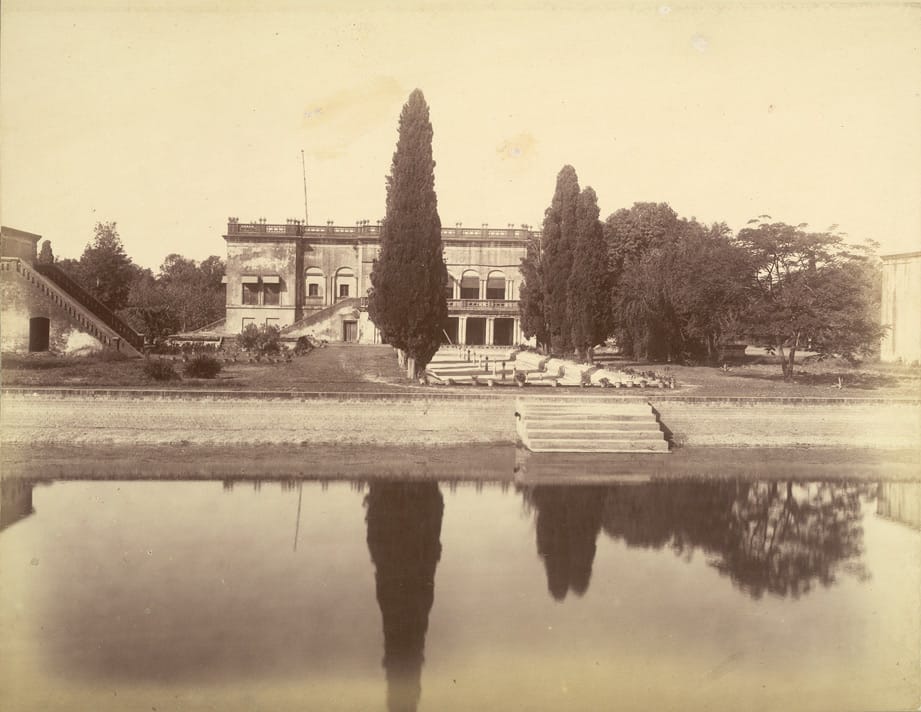
Among the ruins of Rampur, there is a time torn, dust laden and forgotten summer palace on the road that leads to Kosi Weir. The palace is famed as Benazir Kothi, oddly translated in English as the incomparable. It lies to the north of Rampur town, strategically situated on the banks of river Kosi, so as to exist as a naturally cold refuge surrounded on all sides by mango groves spread around the palace in 100 acres. The palace has served the erstwhile royals and is known to have hosted the rich and the famous of old times. Benazir is one of a kind summer palace that still boasts of the time it has witnessed. The grandeur of its main building is reflected in the ruins, heavy mortar and iron bars were used to support this larger than life palace. The palace is a three floor structure which has one floor as basement of the platform on which the remaining two floors have been erected. The basement must have acted as insulation for the purpose of further cooling of the building, traces of which could be still felt when one visits the palace. This palace must have been envy of all in its heydays, while Delhi and Lucknow fell; Rampur rose to life and power. During the times of Nawab Kalbe Ali Khan, the relations between remains of royalty in Lucknow and blossoming royalty of Rampur garnered enough sustenance. It was in 1865-86, when Rampur emerged as the youngest cultural metropole.
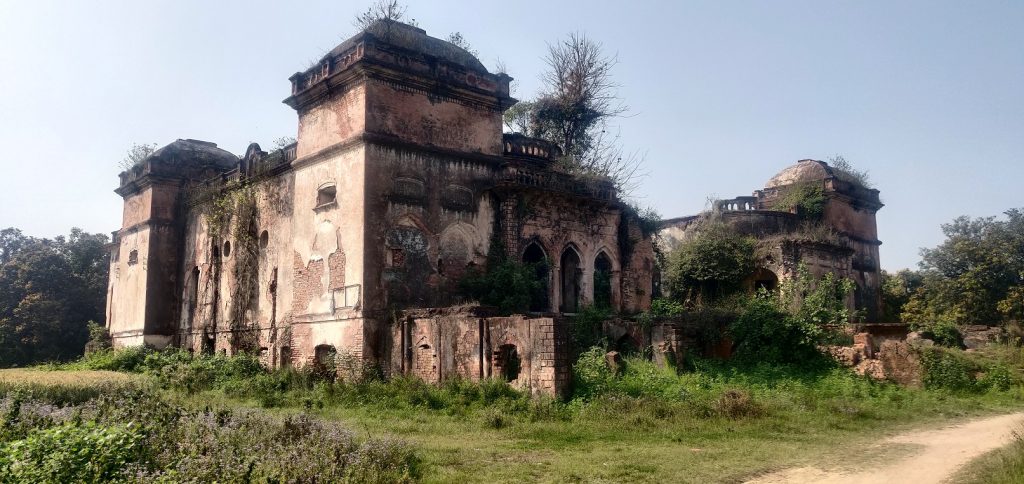
Jashn-E-Benazir, a literature and culture fair was started in 1865 by Nawab Kalbe Ali Khan, 10 years before Sir Syed started M.A.O. College in Aligarh and continued until 1887, 2 years later to the formation of Congress by Allan Octavio Hume. This resulted in the cultural nourishment of Rampur School of Poetry, decorated with bigwigs like Dagh, Ameer, and Jalal, ultimately resulting into the formation of third school of Rampur Poetry. The literary fair was composed of Dastangoi, Rekhti Recitation and Chahar Rang, music based poetic form. The events witnessed considerable attendance throughout the active years of Jashn-E-Benazir. The rise of Nawab Hamid Ali Khan was anticipated as the renaissance of cultural activities in Rampur but it barely did. However the most prominent milestone of his years on throne would always be remembered for the architectural genius he displayed by the extensive building programme headed by the chief engineer of Rampur State, W.C. Wright. Wright would later be credited as the founder of the present day bricks used for construction of buildings. Nawab had asked Wright to remodel all the buildings and the impressions of Islamic, Gothic and Native could be seen prominently across all the structures built during his times. This was the time when Indo-Sarcenic style of architecture was rising to fame, during last 1890’s and initial 1900’s.
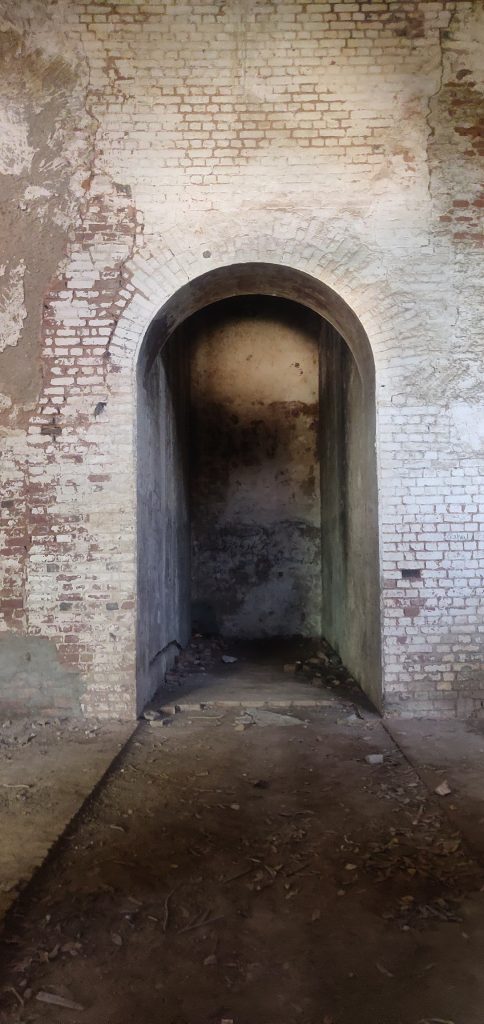
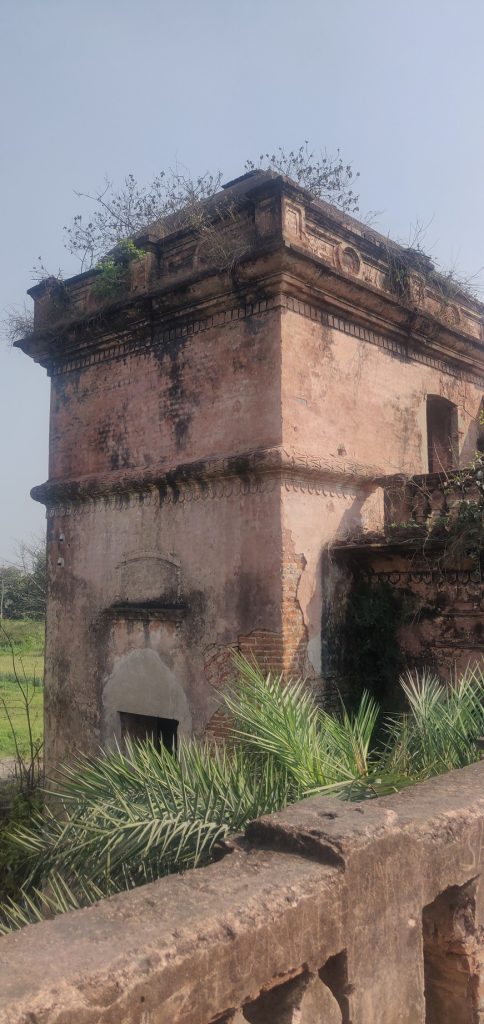
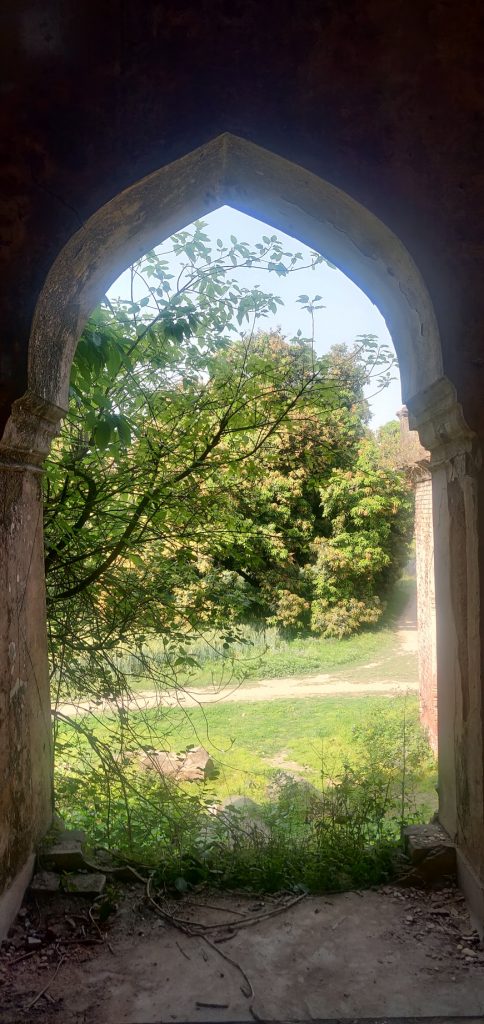
Pic Source: Author
The magnanimous literature festival finds mention in the writings of Kathryn Hansen, Carla Petievich and many other doyens and patrons of literature. If only this palace was kept well, ruins would not have become its fortune. The palace would soon be divided among heirs of Nawab Raza Ali Khan but the festival still musters courage to ask for a renaissance. A short trip to the Benazir Kothi complemented with a spiritual sojourn to Qadam Rasool (s.a.w.w.) would qualify for an ideal weekend plan to those who seek solace from the chaos life has become for most of the people. Tawarikh Khwani would certainly explore the options of reviving the ages old tradition of the Jashn-E-Benazir.
Dr. Faisal is a recluse from Terai region of Shivalik Hills. He received education at Bareilly College, Bareilly and attained enlightenment at Aligarh Muslim University, Aligarh. Currently he writes columns and articles and conducts independent research.



Mashaallah
Mr.Faisal Hassan Saheb,
I cordially appreciate your efforts in the way of bringing the historical pictures of Rampur.
It was indeed a pleasure to read this well-researched and well-written article evoking the romance of days bygone.
The pictures are beautiful and the roaring sound of the river proved to be truly transporting!
Thank you Faisal Saheb for such a delightful and informative article!
It’s a great pleasure to read and the pictures are true to what the article beholds.
Great article.
Expecting more on the less known architectural and cultural marvels of the riyasat.